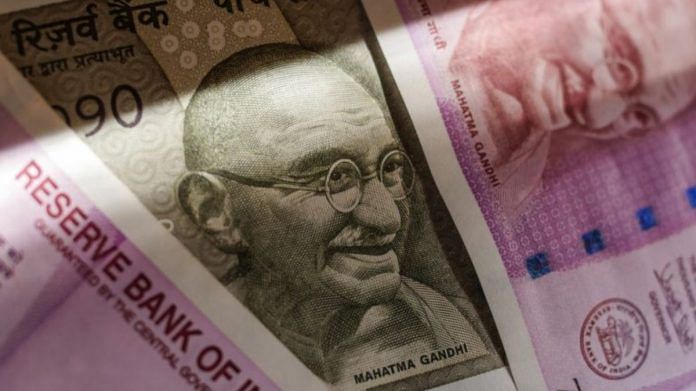New Delhi: On Thursday, 130 countries including India agreed to a global minimum tax of 15 per cent to be levied on large multinational companies as nations try to rein in large profitable global tech firms who only pay a small percentage of their profits as taxes.
ThePrint explains the fineprint of this new proposal, what is India’s stance on the issue, and what will its implementation mean.
What is a global minimum tax?
This proposal requires all countries to impose at least a minimum tax of 15 per cent on global companies. This tax has been proposed by the US as a measure to counter efforts by major global multinational firms to escape taxes in their country of operations.
It aims for developing a taxation structure that is relevant for a digital and globalised world. It is part of the inclusive framework on Base Erosion and Profit Shifting agreed upon by G20 countries and Organisation for Economic Cooperation and Development.
It rests on two pillars — re-allocation of additional share of profit to the market jurisdictions, and minimum tax.
Also read: Warning from RBI: Growth of ‘big tech’ in payments & services poses financial stability risk
What is the purpose behind bringing in new global concept?
This tax has been introduced specifically to ensure that big technology firms are brought under the tax net. Since these firms do not have a significant physical presence in any country like a factory or place of business, they can route their earnings from their digital operations to low tax jurisdictions thus saving taxes on the profits they earn.
The attempt to ensure a basic minimum tax rate across countries came after scrutiny increased on the huge profits earned by global firms like Facebook and Alphabet.
Have all countries agreed to be a part of this tax?
A day earlier, more than 130 countries, including India and China, agreed to the broad proposal. However, till most countries don’t agree to a part of this framework, the loopholes in laws may continue to benefit select companies.
Is the framework finalised?
While a broad agreement has been reached, many of the aspects are still to be agreed upon and finalised. The aim is to settle the framework by October this year and implement the same from 2023.
What is India’s stance on this issue?
India has been a staunch proponent of taxing large digital companies that earn a substantial share of their revenues on account of their large user base in India. It was the first country that introduced an equalisation levy. It required entities making a payment to a non-resident company for online advertisements to deduct this tax before making the payment.
However, it is not completely on board the current proposal and has some reservations. In a statement issued Friday, the Indian finance ministry said that significant issues including share of profit allocation still remain to be decided.
This means that it is still to be ascertained how the profits earned by these large tech firms will be apportioned between the countries for taxation purposes.
India, which has been an important market for these companies thanks to its huge population, will insist for a greater share of profits to be allocated to countries that are important markets for these tech firms.
“India is in favour of a consensus solution which is simple to implement and simple to comply with. At the same time, the solution should result in allocation of meaningful and sustainable revenue to market jurisdictions, particularly for developing and emerging economies,” the government statement said.
Also read: 5 reasons why India needs to add to its record foreign exchange reserves of $608 billion






